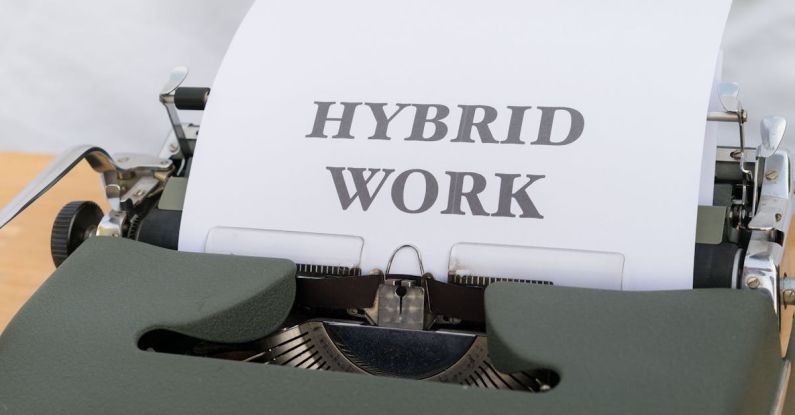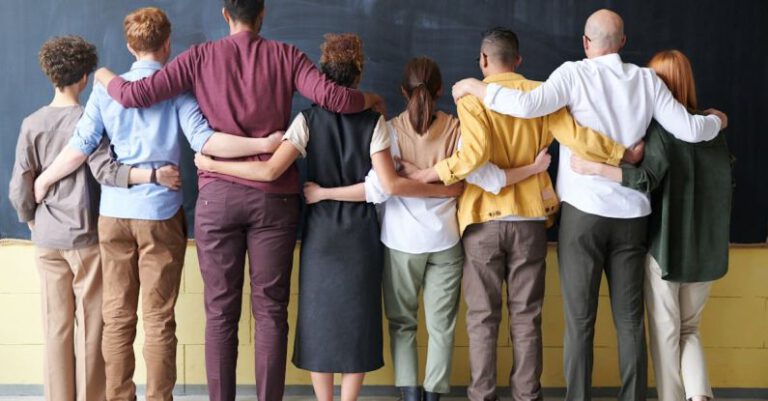What Are the Challenges of Managing Multigenerational Workforces?
**What Are the Challenges of Managing Multigenerational Workforces?**
In today’s modern workplace, it is not uncommon to find employees from various age groups working together. With the workforce consisting of Baby Boomers, Generation X, Millennials, and now Generation Z, managing a multigenerational workforce poses unique challenges for employers and leaders. Understanding and addressing these challenges is crucial for fostering a harmonious and productive work environment.
**Differing Communication Styles**
One of the primary challenges of managing multigenerational workforces is navigating the differing communication styles among employees from different age groups. Baby Boomers may prefer face-to-face communication or phone calls, while Millennials and Gen Z employees might favor instant messaging or email. This variance in communication preferences can lead to misunderstandings, misinterpretations, and conflicts within the team.
To overcome this challenge, it is essential for managers to encourage open communication and provide training on effective communication strategies. Establishing clear communication channels that cater to the preferences of each generation can help bridge the gap and promote better collaboration among team members.
**Diverse Work Ethics and Values**
Another significant challenge in managing multigenerational workforces is the presence of diverse work ethics and values among employees. Baby Boomers, for instance, may prioritize loyalty and dedication to their jobs, while Millennials and Gen Z employees might value work-life balance and flexibility. These differing perspectives on work can lead to tension and friction within the team.
To address this challenge, leaders must recognize and respect the unique work ethics and values of each generation. Implementing flexible work policies that cater to the diverse needs of employees can help promote a positive work culture where everyone feels valued and respected.
**Technological Divide**
The rapid advancement of technology has created a significant technological gap between generations in the workplace. Older employees may struggle to adapt to new technologies and digital tools, while younger employees are often more tech-savvy and comfortable with digital platforms. This technological disparity can hinder collaboration and efficiency within the team.
To tackle this challenge, organizations should provide training and support to help older employees enhance their digital skills and adapt to new technologies. Pairing younger employees with older colleagues for mentorship and knowledge sharing can also facilitate the transfer of technological expertise across generations.
**Leadership and Management Styles**
Different generations often have distinct preferences when it comes to leadership and management styles. Baby Boomers may prefer a more authoritative and top-down approach, while Millennials and Gen Z employees tend to respond better to collaborative and inclusive leadership styles. This disparity in leadership preferences can impact employee engagement and morale within the team.
To address this challenge, leaders should adopt a flexible leadership approach that considers the individual needs and preferences of employees from different generations. By incorporating elements of both authoritative and collaborative leadership styles, managers can effectively engage and motivate employees across generations.
**Creating a Cohesive Multigenerational Team**
Managing multigenerational workforces requires a proactive approach to understanding and addressing the unique challenges that arise from generational differences. By fostering open communication, respecting diverse work ethics and values, bridging the technological gap, and adapting leadership styles to cater to the preferences of each generation, organizations can create a cohesive and harmonious multigenerational team.
**In Summary**
While managing multigenerational workforces may present challenges, it also offers opportunities for growth, learning, and innovation. By embracing diversity and leveraging the strengths of employees from different age groups, organizations can create a dynamic and inclusive work environment where everyone can thrive and contribute their unique perspectives and talents. By recognizing and addressing the challenges of managing multigenerational workforces, leaders can build a strong and resilient team that is equipped to succeed in today’s diverse and ever-evolving workplace landscape.







